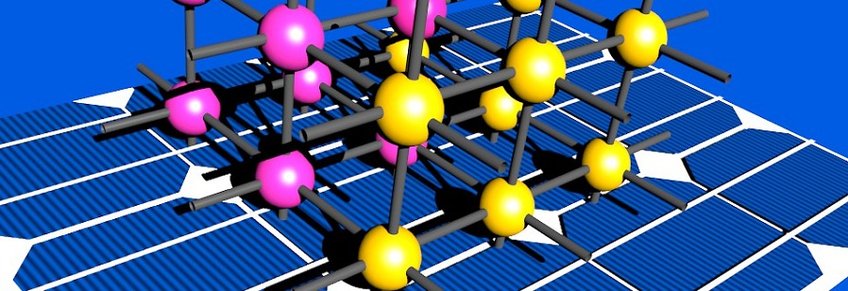The CdS/CIGS interface was investigated in the literature by several techniques such as energy dispersive x-ray spectroscopy (EDX) [5-7], x-ray photoelectron spectroscopy (XPS) [8], Auger electron spectroscopy (AES) [8], secondary ion mass spectrometry (SIMS) [8], and scanning Kelvin probe microscopy (SKPM) [9]. These studies showed that the buffer/absorber layer interface is in general intermixed.
more

